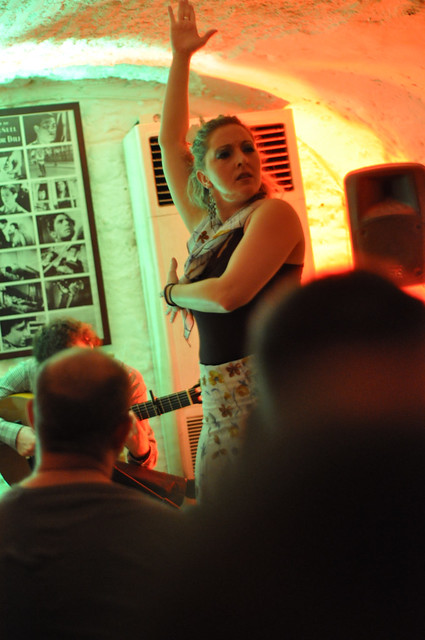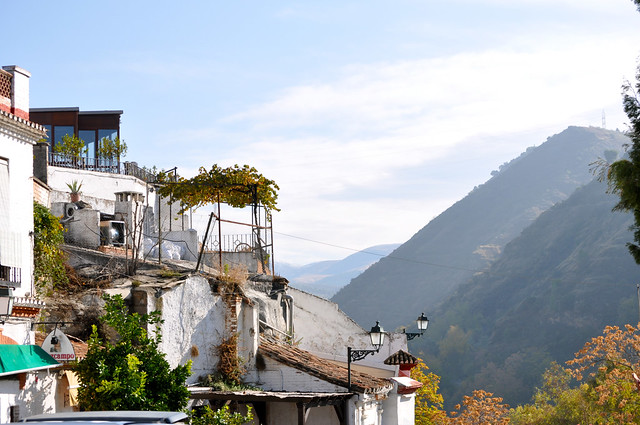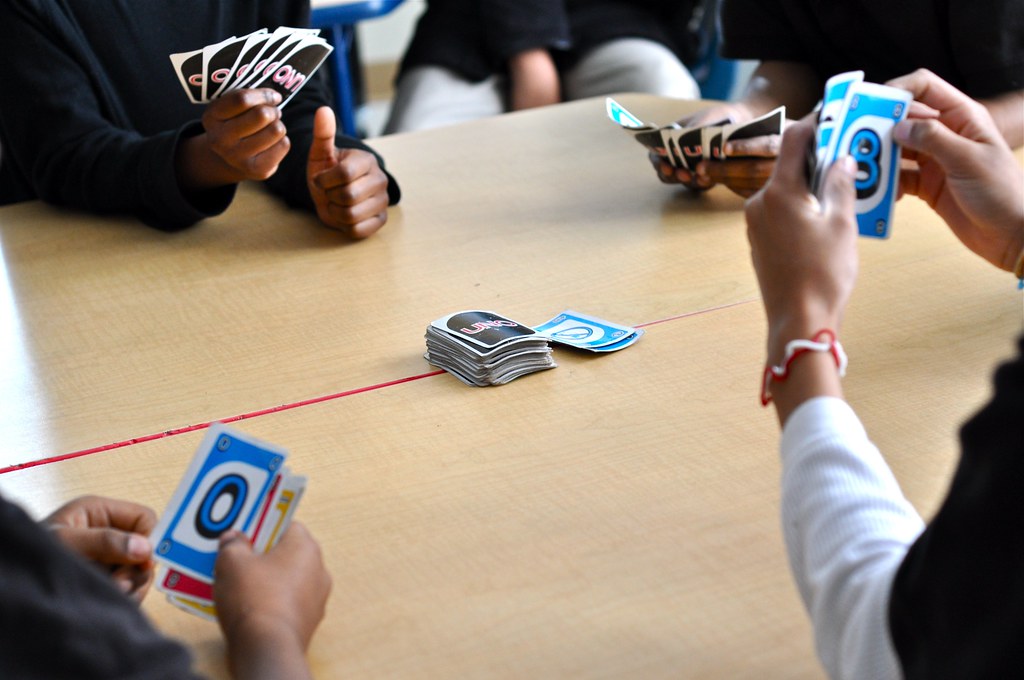Oh hey! Remember me?
I fell off the blogging bandwagon because I got too devoured by teaching to do much reflecting or sharing. (I still have managed to reflect on the end of my teaching at the end of each year, however... year 10 is in the bag!)
After teaching Spanish for years, I've transitioned into a new role at a new school, so this blog may adapt with me.
For now, however, I wanted to share some resources for the movie La Misma Luna, since some teachers were asking for resources on Facebook.
I love this movie. A student recommended it to me years ago in Detroit and ever since I've watched it with a wide range of 5th-8th grade students. I haven't had a single student not like it. Even the grumpy ones. More than that, it personally has held up to many, many viewings. I still enjoy watching it with my students and still cry every time. It's become even more meaningful since moving to a border community, with border and immigration issues prominent in the news.
Bonus: Want some easy sub plans that would work for almost any grade level and language level? Use this movie. If you need a last minute solution, here's a pretty generic packet that should last two class periods... because we've all been there. If you are not in the desperation stage of throwing together sub plans while deathly ill, keep reading and customize this for your particular students and program.
 |
| (Not quite) Spoiler Alert: This scene elicits screams every single time. It's also at a perfect cliffhanger spot to stop. Soy cruel. ;) |
Stats:
1 hour and 49 minutes. If you have hour long classes you can squeeze it into two. I almost always use 3 or 4 class periods. so we have time to talk about the movie, do follow up with vocab, and so on.
Access to the movie:
This movie was on Netflix for a while but as of this post it is not. You can buy the DVD on Amazon (if you use that link, I'll get a few cents) or borrow it from your library. Personally I think it's worth having a copy. I've used that DVD more than any other over the years. I strongly suggest not buying the video streaming via Amazon, as you don't have the same language controls.
(If Amazon fixes this or you know of a way to adjust language settings on Amazon streaming, let me know!)
Parental concerns:
The movie is rated PG-13. For students younger than 13 I send home something like this. I've only had one parent ever not want their kid watching the movie. (I have a collection of alternative materials, in case.) Here's more info from Common Sense Media.
Activities:
In the olden days I used to have students answer comprehension questions, but eventually I found that I didn't need comprehension questions to keep students focused on the movie. I preferred to target language and culture, so switched to doing activities that connected to specific language objectives and needs for each class. Here's a bunch of activities that I've used. Usually I just print out relevant pages for a packet, or print out a variety of combinations for less homogenous levels. (For example, for a description of scenes and characters have several different versions for different levels, marked by chili peppers depending on how "spicy" they are.) Use whatever works for you!
The alternate endings is the newest addition to this collection of activities and has been the most fun, because it allowed students to use the energy and outrage that is always generated by the ending of the movie (no spoilers!) Even the most beginner students could use the language to get creepy and weird. (¡Carlitos y Rosario se casan! Rosario trabaja para la migra!) You could definitely adapt this to grammar structures your students are using.
More resources:
- Superman es ilegal - Follow up activity with a song by Los Hermanos Ortiz from the movie.
- A las tres - Activity with another song by Los Enanitos Verdes (with a related theme of family and immigration.)
- A few different Quizlet sets related to the movie (I like playing a quick Quizlet Live as a way to review or preview vocabulary.
- Practice test for the questions asked in a naturalization interview. Can you and your students pass?
- If you have PearDeck, use it for students to describe characters.
We're loving @PearDeck pro features that let us draw favorite scenes of La Misma Luna (along with character descriptions!)🍐🌛@UrbanDiscoveryA pic.twitter.com/HEUzZV5URc— Sara Kennedy (@profe_sara) April 5, 2017






















